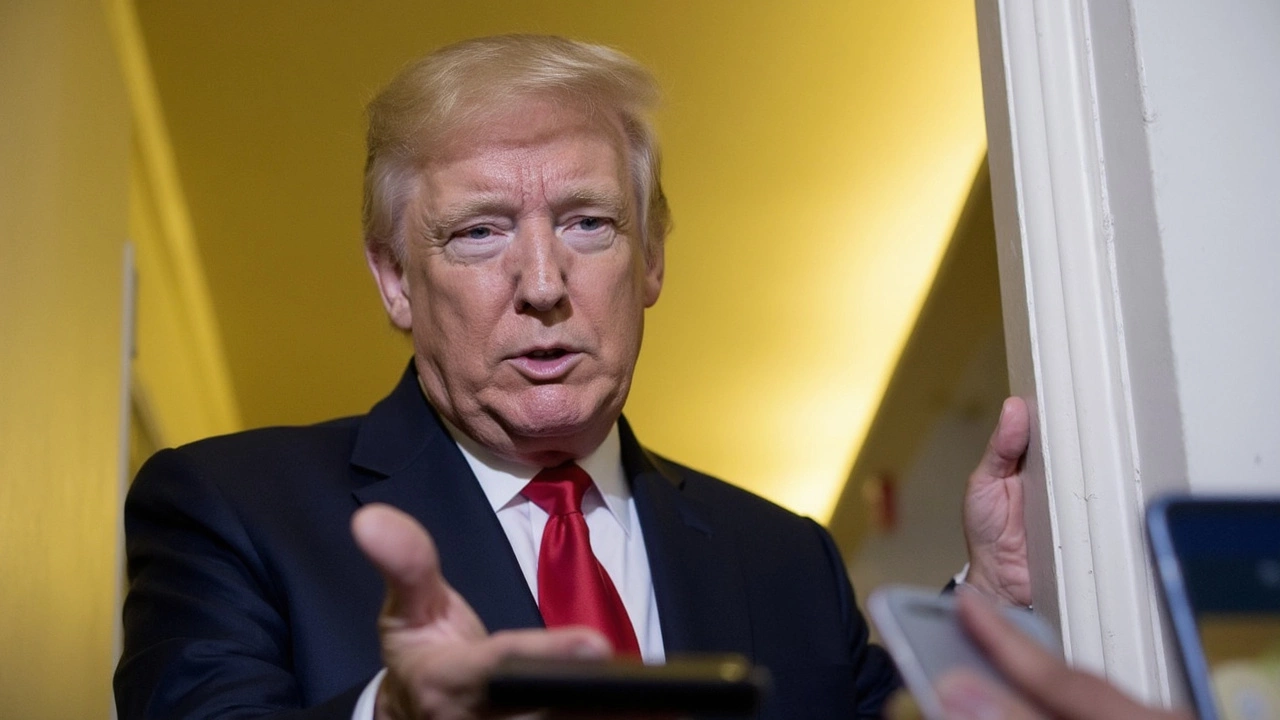Trump Slaps Massive 3,521% Tariffs on Southeast Asian Solar Imports, Giving Indian Solar Firms a Big Boost

Trump’s Solar Tariffs Shake Up Global Market
Numbers like 3,521% don’t pop up every day, and when it does, people take notice. Last week, President Trump’s administration made a bold move, slapping monster tariffs on solar panel imports from Southeast Asia. This isn’t just a tweak; it’s a full-on market shakeup that’s causing ripples from Wall Street to solar farms across the globe.
The story goes back to a year-long probe by the U.S. Department of Commerce, digging into rumors that Chinese manufacturers, long targeted by U.S. tariffs, were getting crafty. Instead of shipping solar panels directly from China (a no-go because of hefty U.S. duties), they shifted operations to spots like Cambodia, Vietnam, Malaysia, and Thailand. With Chinese subsidies in the mix, it seemed like a loophole, and the Commerce Department decided to close it—hard.
Here’s how it breaks down: Cambodia got hit with the full force—a jaw-dropping tariff of 3,521% after bowing out of the investigation. Vietnam and Thailand weren’t spared either, taking on tariffs of 395.9% and 375.2%, respectively. Malaysia got off a little lighter, but a 34.4% penalty still puts a chill on their exports. The tariffs combine antidumping and countervailing duties, all aimed at what the U.S. sees as unfair trade shenanigans.
For Southeast Asian manufacturers, this means a headache of epic proportions. Before this, they dominated the American solar supply chain. Now? Analysts aren’t sure how they’ll keep up. Some could try moving production to other countries like Indonesia or Laos, but there’s no guarantee those places will stay tariff-free—or have the setup to support large-scale manufacturing anytime soon.
Indian Solar Firms Shine as Tariffs Hit Rivals
While some are scrambling, others are celebrating. Take India’s Waaree Solar and Premier Energies. Investors saw the writing on the wall and started buying big, sending both firms’ stock prices surging. Why? With U.S. buyers scrambling to find new sources for panels, Indian companies look ready to step in.
This could be a golden window for India’s solar industry. For years, Indian manufacturers faced tough competition from cheap Southeast Asian panels. Now that those imports suddenly come with eye-popping tariffs, U.S. buyers may turn to Indian suppliers for their projects. That’s more business—and potentially more growth—for firms like Waaree and Premier Energies.
That said, all of this is a double-edged sword for the global push toward renewable energy. American developers who depend on imported panels might see costs spike, which could slow down solar adoption. Meanwhile, U.S. policymakers are betting that high tariffs will help homegrown companies catch up and boost domestic production, but whether factories can meet demand fast enough is another story.
So, the solar world wakes up to a new kind of reality: shrinking options for cheap panels, unpredictable supply chains, and a sudden tilt that could boost Indian players into the spotlight. The long-term picture remains murky, but for now, all eyes are on how the industry reshapes itself around these sky-high tariffs.
